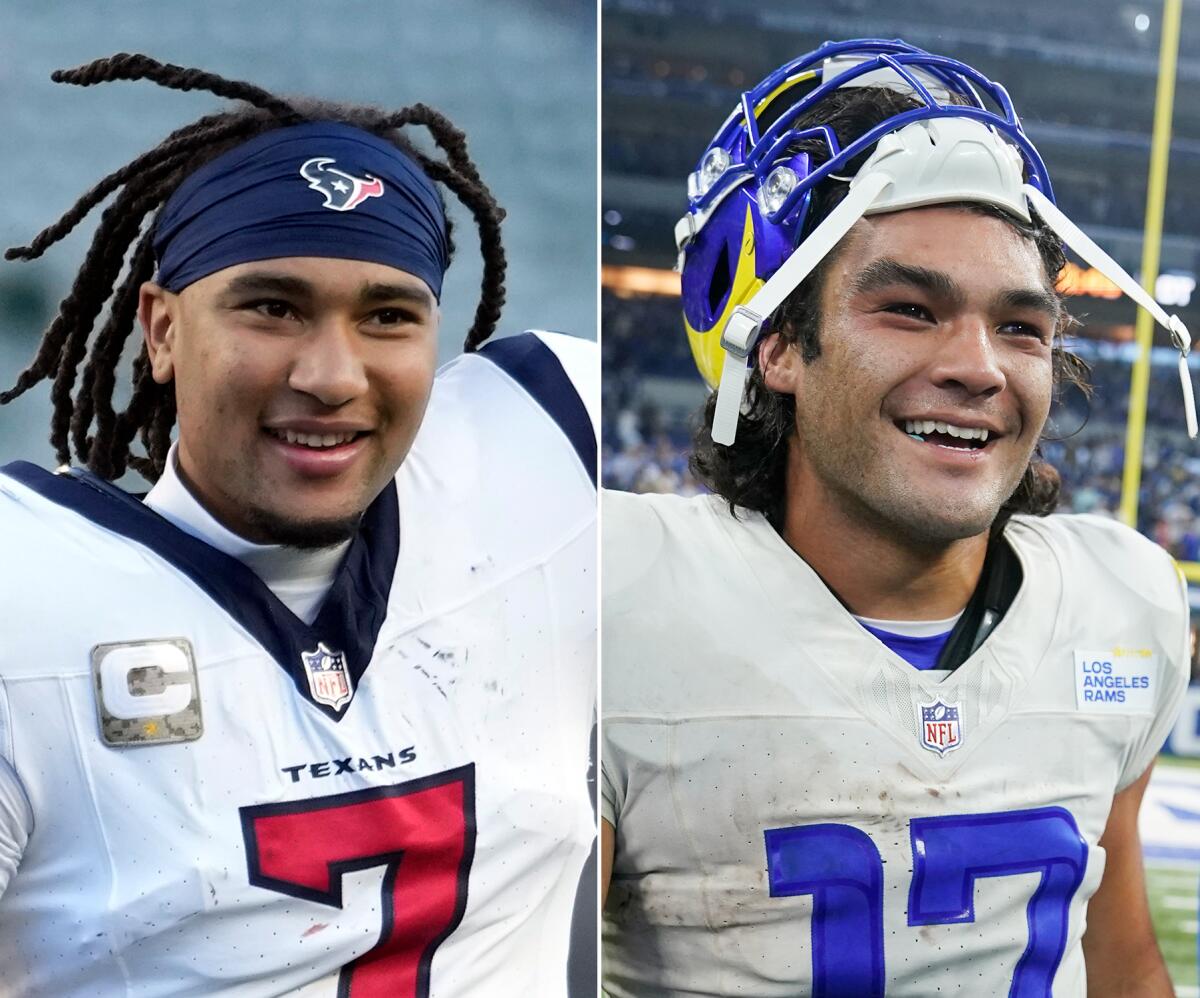
Star wide receiver Stefon Diggs was acquired by the Houston Texans on Wednesday for a 2025 second-round pick from the Buffalo Bills.
Though it would be risky to give the Texans too much credit, some are heaping praise on the Bills, who would incur an unprecedented dead cap hit in order to pay the remaining balance of Diggs’ compensation while only receiving a future second.

Houston has done a fantastic job of discovering CJ Stroud, their franchise quarterback, and pairing him with Tank Dell and Nico Collins, two exceptional young receivers.
They used their youth to quickly turn around their franchise and establish themselves as strong rivals.Without a doubt, Diggs is talented.
Over his career, he has been among the NFL’s finest, and chances are considerable that he will continue to contribute at a high level.
this, there have been some rumors regarding his behavior in the locker room.
He will turn 31 this season, and the Texans will give him a $19 million contract until 2024.
Maybe Diggs will be the extra piece that teams want to add to make them stand out.
Furthermore, if things don’t work out, he will only be here for a year, so the risk isn’t that great. Having said that, I don’t think it’s a wise investment to provide senior receivers—even excellent ones—a significant salary.
The evolution of college receivers has undergone a radical shift.
It was extremely uncommon ten years ago for rookie receivers to have an instant effect on a club.
It’s been standard over the last few seasons. Just 12 rookie receivers between the years of 2014 and 2018 gained more than 800 yards in their first season, and five of them—Odell Beckham, Michael Thomas, Amari Cooper, Mike Evans, and Kelvin Benjamin—broke 1,000 yards. 23 rookie receivers exceeded the 800-yard threshold between 2019 and 2023; eight of them, Puka Nacua,
Ja’Marr Chase, Justin Jefferson, Garrett Wilson, AJ Brown, Chris Olave, Kyle Pitts, and Jayden Waddle, broke the 1,000-yard mark.
Of the 23 receivers on the later list, 22 exceeded 53 yards per game even when looking at individual games. Of course, there is also the issue of the 17th game introduced prior to the 2021 season. Only 11 rookies in the 2014–2018 time frame exceeded 53 yards per game, even if we lower the former group’s standard to account for the extra game. We appear to have one of the “best receiving classes ever” every year, so this shouldn’t come as a surprise.
Just last season, Sam LaPorta, Puka Nacua, and the now-troubled Rashee Rice all made significant contributions in addition to the highly anticipated first-round selections Jordan Addison and Zay Flowers. Garrett Wilson, Chris Olave, Drake London, and George Pickens had immediate effects in 2022 before that. And they are only the guys with a lot of volume. You’ll see that I left out the Packers, the most of whom were as amazing in their own right.
Now, let’s discuss the Packers. The Packers fielded a strong offense in 2023 despite lacking any seasoned pass catchers. None. Not even your prototypical first-round behemoth wide receiver is on their roster.
And even though no single receiver amassed a ton of yardage, each and every wideout and tight end finished among the league’s most productive receivers, particularly around the midway point when Jordan Love and all of them switched roles. But how wonderful were they really?
The “Success Rate” is a statistic maintained by Pro Football Reference. The following is the definition:
Acquiring Success Ratio
When a reception is successful, the amount of yards gained on first down is at least 40%, on second down it is 60%, and on third or fourth down it is 100%. In denominator, targets are.
This term closely resembles the FTN DVOA’s overall definition of success.
189 players in the NFL had at least 20 targets after November 1st of last year. Six different Packers were among the top 30 in terms of success rate out of those 189 players.
Luke Musgrave came in second and Romeo Do
Bo Melton came in sixteenth. 18th was Dontayvion Wicks.
Twenty-first place went to Tucker Kraft.
Furthermore, Christian Watsoncompletes the group at position 28. Puka Nacua, incidentally, came in 29th.The Packers were an unstoppable engine of passing efficiency, distributing the ball to everyone and consistently scoring big plays, even though they lacked a shrewd old veteran.
In all honesty, the fact that there were so many talented receivers available also made it possible for them to strike it fortunate in terms of landing so many significant players.
With Jayden Reed joining the group at 65th, they’re nearly as good in terms of Yards per Target as well. Because their average routes are shorter, slot receivers frequently have somewhat worse raw metrics.
We’ve maintained for a long time that paying experienced running backs market value is incorrect.
With the exception of exceptional circumstances, the draft allows you to simply and affordably restock your stable of backs. It’s possible that receivers and perhaps tight ends are beginning to move in that direction, so astute teams should take note.
Given his talent, Diggs should contribute to the Texans’ offensive line in the upcoming year. Is he, however, truly superior to Dell or Collins? Given Diggs’ preference as the top player, will the targets he steals from lower-tier receivers be worth the ones he takes from possibly more productive ones, and will this happen more frequently than they would like?
Considering what the Packers achieved the previous campaign, I’d be prettyBe cautious when bringing in a veteran, particularly if they have any red flags in the locker room.







